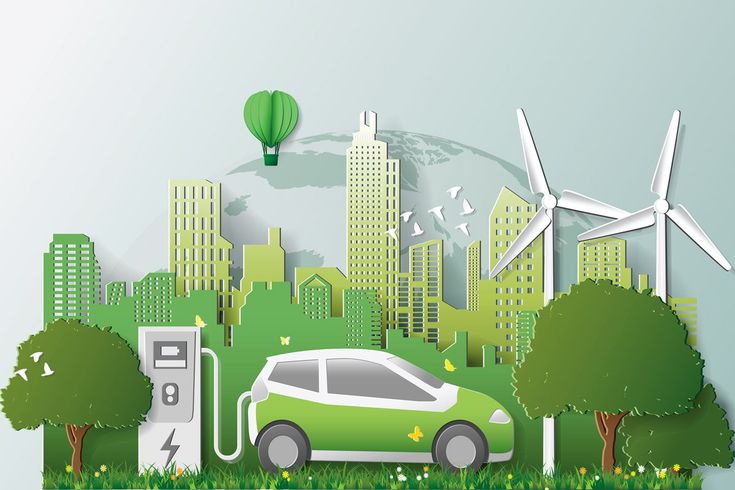Hybrid Electric Vehicles (HEVs) are revolutionizing the way we think about transportation. By combining the efficiency of electric motors with the reliability of internal combustion engines, hybrids offer better fuel economy and reduced emissions. But have you ever wondered, how do I build a hybrid electric vehicle? Whether you’re a curious engineer, an automotive enthusiast, or a student, this blog will walk you through the fundamental steps of building your own HEV.
1. Understand the Basics of Hybrid Technology
Before diving into the build, it’s important to understand what makes a hybrid vehicle unique:
-
Internal Combustion Engine (ICE): Runs on gasoline or diesel.
-
Electric Motor: Powered by batteries, assists or powers the vehicle.
-
Battery Pack: Stores energy for the electric motor.
-
Power Electronics Controller: Manages power distribution between the ICE and the electric motor.
-
Regenerative Braking System: Captures energy during braking to recharge the battery.
2. Choose the Type of Hybrid System
There are three main types of HEV configurations:
-
Series Hybrid: The electric motor powers the vehicle; the engine charges the battery.
-
Parallel Hybrid: Both the engine and electric motor can drive the vehicle.
-
Series-Parallel Hybrid: A combination of both, offering more flexibility and efficiency.
Tip: Parallel hybrids are more common and simpler for DIY projects.
3. Select or Modify a Vehicle Platform
You have two options:
-
Convert an Existing Vehicle: Choose a lightweight, fuel-efficient car to modify.
-
Build from Scratch: Design a custom chassis and drivetrain, which requires more resources and skill.
Recommended: Start with a small car conversion to reduce cost and complexity.
4. Gather the Essential Components
Here’s what you’ll need to build your hybrid system:
-
Small Internal Combustion Engine
-
Electric Motor (AC or DC)
-
Battery Pack (Lithium-ion preferred for energy density)
-
Inverter & Power Controller
-
DC-DC Converter
-
Hybrid Transmission or Power Split Device
-
Cooling System
-
Regenerative Braking Kit (Optional but recommended)
5. Design the Electrical System
This includes:
-
Wiring Diagrams: Plan how power flows between components.
-
Battery Management System (BMS): Ensures safe charging and discharging.
-
Controller Programming: You’ll need to write or install software that manages when and how the electric motor or engine operates.
6. Install the Components
-
Mount the electric motor to the drivetrain.
-
Install the battery pack securely, ideally near the center for weight balance.
-
Connect the inverter and controller to manage power flow.
-
Install the engine and connect it to the powertrain (in parallel or series configuration).
-
Wire everything carefully and install safety fuses and switches.
Safety Note: High-voltage components can be dangerous. Always follow proper electrical safety procedures.
7. Test and Calibrate the System
Before hitting the road:
-
Check for electrical shorts or overheating.
-
Use diagnostic tools to monitor voltage, current, and motor temperatures.
-
Fine-tune the controller settings for optimal power split and efficiency.
-
Run the vehicle in a closed environment to test all modes (electric-only, engine-only, hybrid).
8. Legal and Environmental Compliance
-
Register your vehicle as a modified or custom-built hybrid.
-
Ensure it passes emission tests and safety inspections as per local laws.
-
Consider applying for green vehicle incentives or grants.
9. Keep Improving
-
Monitor performance data regularly.
-
Upgrade batteries, software, or motors as new technology becomes available.
-
Share your journey with the DIY hybrid community for feedback and collaboration.
Conclusion
Building a hybrid electric vehicle is a challenging but incredibly rewarding project. It requires a mix of mechanical engineering, electrical systems knowledge, and a passion for innovation. Whether you’re doing it for learning, sustainability, or just for fun, the experience will give you valuable insights into the future of automotive technology.

